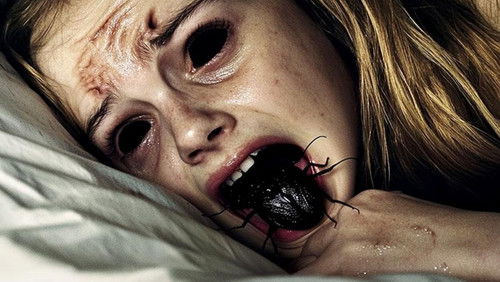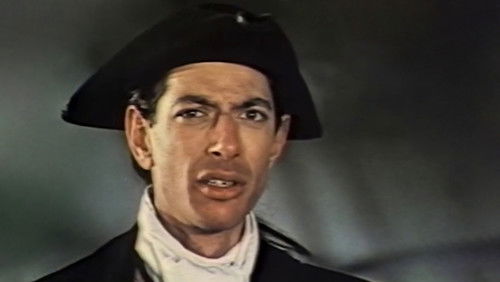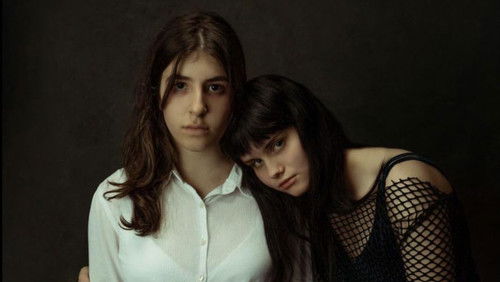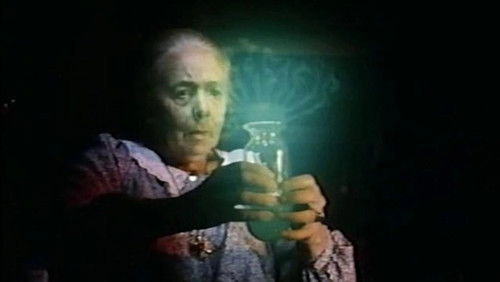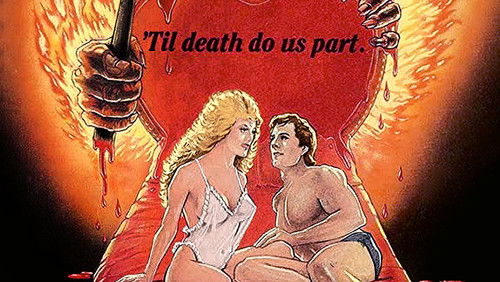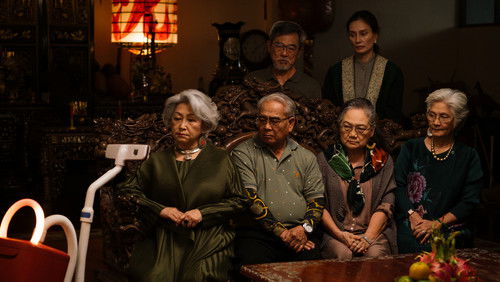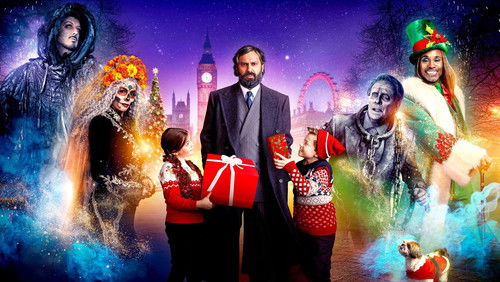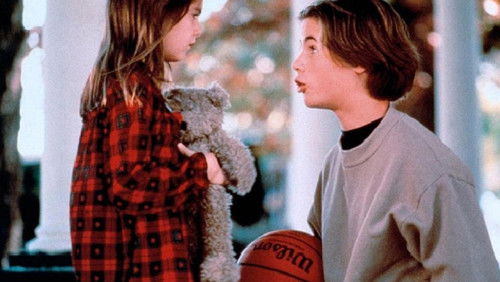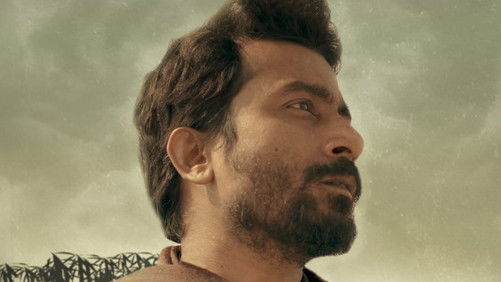Vampyr (1932)
48KVampyr: Directed by Carl Theodor Dreyer. With Julian West, Maurice Schutz, Rena Mandel, Sybille Schmitz. A drifter obsessed with the supernatural stumbles upon an inn where a severely ill adolescent girl is slowly becoming a vampire.
“The major figure of Carl Theodor Dreyer is one of a select group of directors deemed u0026#39;transcendentalu0026#39; along with the likes of Ozu and Bresson. Paul Schrader and other critics identify them as those filmmakers who habitually suggest spiritual intensity by ordinary means. Characteristically austere, often using non-professional talent in their films, they find universal truths through a gradual un-dramatic revelation of interior life. All this means in this context is that one would think such directors far away from the flashy supernaturalism and ghastly melodrama normally making up so much of the traditional horror film, a genre where its the extraordinary providing the revelation for the audience, not the mundane. But then one remembers that both Dreyer and Bresson made memorable versions of Joan of Arc, where their representing of terrifying events showed how disturbing an emotionally stark and restrained approach could prove. And, in 1932, about as the first great Universal horror cycle was getting into its stride in Hollywood, Dreyer made his Vampyr.u003cbr/u003eu003cbr/u003eIt is interesting to compare Dreyeru0026#39;s great work with that of Murnau, the only other great director who made a broadly comparable title. Both the German director and the Dane took their inspiration from literary horror classics. Murnau based his Nosferatu (1922) on Dracula while, for his inspiration, Dreyer too turned to an English author: Sheridan le Fanu and his novel Carmilla. But the evil thrill of Nosferatu is that it takes place in a concrete u0026#39;realityu0026#39; of sorts, ghostly special effects notwithstanding. By contrast Vampyr is a strange, dreamlike film, one virtually silent or subdued, despite its soundtrack. Moreover it mainly exists in variable prints, the poor state of which merely adds to the strange dislocatedness of unfolding events portrayed. Dreyeru0026#39;s terror lies in a world of shadows, surreality amplified by some remarkable cinematography, the roots of nightmare ever subtle, where camera movement can excite as much dread and anticipation as any vampire out clawing at a victim.u003cbr/u003eu003cbr/u003eVampyru0026#39;s story, such as it is, tells of Allan Grey (Julian West), a man studious of vampires. In a small French town, he takes a room at an inn. His sleep is interrupted when a strange man (Maurice Shutz) comes into his room speaking disturbingly about death, then leaves a small package with instructions that it should be opened upon his death. Allen gets out of bed, and prowls around the inn and its spooky surroundings in search of an explanation. Eventually he wanders onto a nearby estate where he finds the mysterious man living with his two daughters. A vampire has bitten one of his daughters, and the house is shrouded in death…u003cbr/u003eu003cbr/u003eOnce seen and felt, the peculiarly eerie atmosphere that characterises Dreyeru0026#39;s work is never forgotten. Indeed, Vampyru0026#39;s influence arguably began at once, for a similar tone of silent mystery pervades some scenes in White Zombie, incidentally one of Bela Lugosiu0026#39;s best, made just the same year – another film which made in sound which often plays like a silent. Like Vampyr, White Zombie includes several wordless sequences which are startlingly eerie and atmospheric. (Both this and present film are much better than Tod Browningu0026#39;s famous version of Dracula also made at about the same time, which these days seem positively wooden by comparison.) And, years later, Ken Russell was to mimic the premature burial sequence of Vampyr, glass windowed coffin and all, in his uneven Mahler while arguably a similar, dreamlike, touch can be found in the work of the French horror auteur Jean Rollin, who in the 1970s made of soft tinted vampirism almost a genre of its own.u003cbr/u003eu003cbr/u003eOf his original film Dreyer said, u0026quot;I wanted to create the daydream on film to show that horror is not a part of the things around us, but of our own subconscious mind.u0026quot; To help achieve this, he and his cameraman Rudolph Mate shot much very early in the morning and frequently through fine gauze – a creative decision increasing the sense of mystery surrounding events. The resultant shimmer and softness which fell over scenes suggests the supernatural confusion felt by the hero, and add a spooky disconnectedness to events. Allied to this, as already noted, this is a work where one is acutely aware of camera placement and movement, of shadow and light. Dreyeru0026#39;s sensitive direction means that the lens becomes a lurking accompaniment to Greyu0026#39;s, and therefore our, unease.u003cbr/u003eu003cbr/u003eMain actor Julian West, who also financed a lot of the picture, makes a suitable impression; part of the mood in what is his only significant film. Forty years later he again appeared again on screen, but with less impact. In retrospect nothing could compare to his appearance here, his pale, Lovecraftian features perfectly in tune with the gloomy goings on. His anonymous freshness as an actor makes of him an everyman, a dramatic unknown fitting in exactly with the directoru0026#39;s preferred casting with the undemonstrative and normal. And unlike Nosferatuu0026#39;s celebrated settings of castles, doom laden ships and spectral carriages, Vampyru0026#39;s unease is primarily set amidst the domestic: an inn, a to-do private home or in common place out-buildings.u003cbr/u003eu003cbr/u003eDismayed by distracting subtitles, often faded visuals and poor soundtrack elements, admirers of Dreyeru0026#39;s masterpiece have long cried out in vain for a restored version, especially now that the later films of the director have been reissued. Even such earlier silents such as the lesser, decidedly more obscure, Master Of The House (1925) have lately arrived with a five star treatment on disc. Whether or not this lapse is due to a fatal absence of original materials I am not sure, but fans of one of the very finest horror films, and a rare one by a great director to boot, will not be satisfied until this Vampyr at least is resurrected and given the new life it deserves.”
